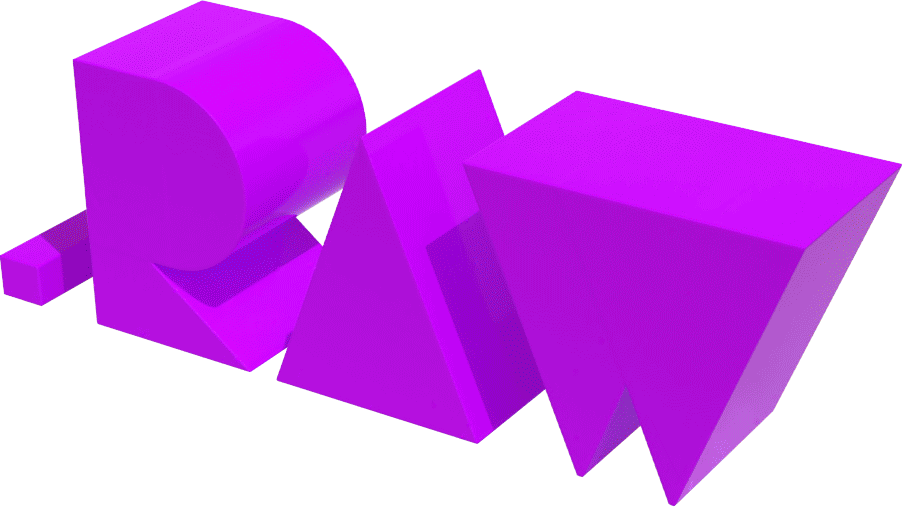
PRESENCE

Aron Spall, artist, PhD candidate; Sheffield Hallam University
Jamie Yeates, academic, Interior Architecture and Design lecturer, Arts University Bournemouth
Ksenia Kopalova, illustrator, illustration educator, researcher; Arts University Bournemouth
Paul Roberts, illustration educator, academic;
Arts University Bournemouth

JAMIE YEATES:
I used the point cloud visualiser addon for Blender to add a node tree to Aron’s file. This method works well because it creates a shader that uses the original colours. I am interested in how the point cloud information can be sculpted, manipulated, dissolved, or added to. Maybe multiple point clouds potentially sharing one shader. I don’t fully understand the nodes I have used; as you can see, it can be a bit hit-and-miss.


I was interested in colours, and how those are used to represent microorganisms: this may not be the case with bacteria, but with viruses we apply colour imaginatively, and 3D or 2D representations of these invisible lifeforms are always speculative and fictionalised in some way.
In this particular archival image I was also interested in how presence is also articulated as the presence of the scientist - through the visibility of the 'eye' of a microscope.
ARON SPALL:
This is a macular map of my eye. Following on from Ksenia’s bacteria images I followed the thinking of scale and scientific conventions of visualising data. There was also the circular shapes of the illustrations. Together they led me to this video I recorded of the machine that scanned the back of my eye. I’m interested in these cameras and the images they produce.
There is one called Optical Coherence Tomography: OCT Scan, that scans the eye in 3d, enabling them to turn the scan and see layers of the eye from different perspectives.
The other image is a still from a video of a scan of landscape in the Peak District. It’s the ground covered in heather. There is something in the eye scan that reminded me of it, the layering, movement and fragility. I liked the shift in scale again and thinking about the scanning process at these very different scales and for such very different purposes.


The red image was taken with ASTER, Advanced Spaceborne Thermal Emission and Reflection Radiometer - hence quite a notable (menacing!) colour palette of remote sensing through machine vision. Here's a link to the NASA website with more info about the image.


This week I've been sculpting with clay and bending, twisting, and cutting aluminium wire to make an armature to recreate the wire effect digitally using Blender's Grease Pencil.

There is zero science behind any of it! But I liked the idea of thinking about (invented) material qualities of digital images at these extremes of scale. It is a playing with, and repurposing of, digital fragments whose spatial characteristics have all come about through various types of digital scanning of real world objects, landscapes and bits of body.



What I find interesting is how a glitch is a sort of a veil, that masks, hides, obscures, helps the object escape, and also - grants a certain 'safety' to the object, while simultaneously making it alluring.
In this image I'm hyperfocused on this veil, trying to capture disappearance - and maybe I'm more interested in the impossibility to capture the object, rather than the object itself.



I enjoy looking at the fragmented, broken structures of 3D scans when they're stripped of textures to reveal their messy, twisted, wireframes. I like the way they seem to be expressive, gestural and fragile. They are computational images created through machine vision but, especially from a distance their 'mistakes' can seem like expressive, almost human, gestures, allowing them to register as drawings / sketches.
I enjoy in the parallax effect the relation between the flat plane and its apparent recession into the space. The ghostly surface remains, whilst the actual image retreats.
